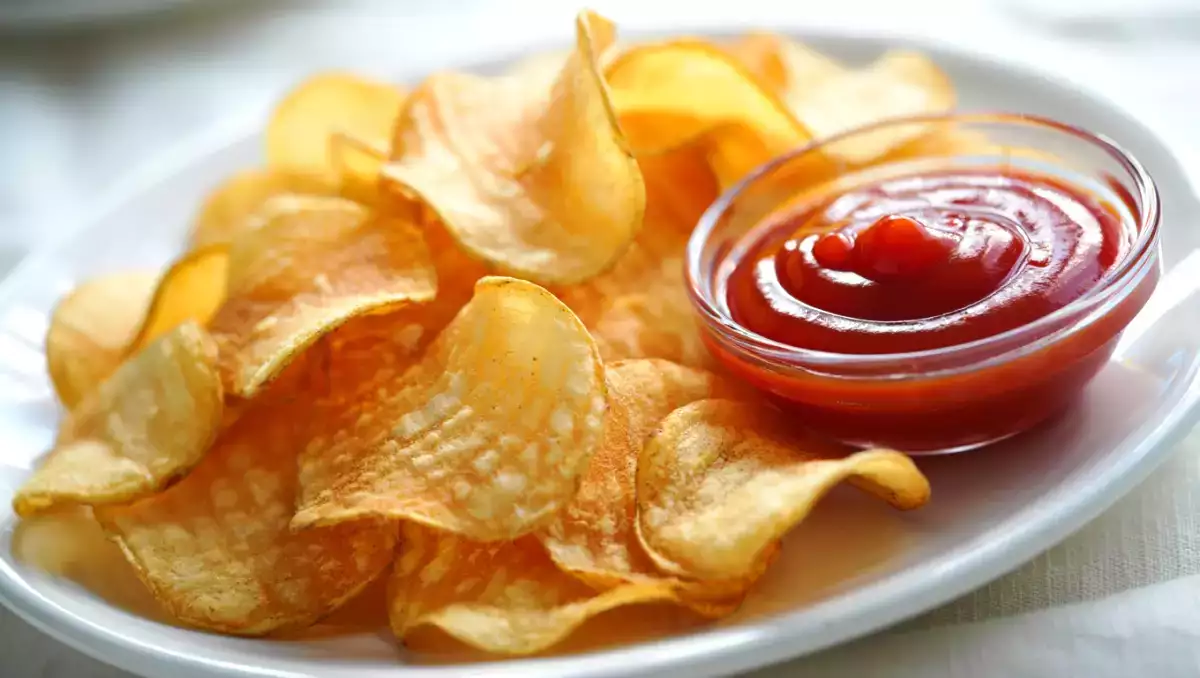6 common foods that hold incredible secrets (the 3rd one will shock you!)

Every day we open our pantry or refrigerator without giving it much thought, yet some of the most common foods hide surprising stories that are often forgotten or completely unknown. In this journey through science, history and culture, we will reveal the fascinating backgrounds of 6 everyday foods.
A journey through curiosities and unexpected truths that shows how food is much more than just nourishment. If you love discovering the hidden side of everyday things, get ready to look at your kitchen with new eyes.
1. Bananas: a fruit... slightly radioactive
Bananas contain potassium, an essential mineral for our bodies. However, a very small one is potassium-40, a naturally occurring radioactive isotope. Of course, the dose is infinitesimal and absolutely harmless, but technically, if we accumulated enough bananas, we could reach a measurable threshold of radioactivity. However, this characteristic has inspired an informal unit of measurement: the "banana equivalent dose," used to explain the concept of radioactivity in an accessible way.
Fun fact: To reach an actually harmful dose of radiation, you would have to eat more than 10 million bananas at one time!
2. Carrots: from purple to orange for political reasons.
Carrots have not always been orange. Originally, carrots were purple, yellow, or white. Orange did not appear until the 17th century in the Netherlands, as a tribute to the House of Orange, the Dutch royal family. Farmers began to select and grow only orange carrots out of patriotism, and from there they became the world standard.
Fun fact: Purple carrots are making a comeback because of their high content of anthocyanins, plant pigments with powerful antioxidant properties.
3. Ketchup: a medicine of the past
Today ketchup is ubiquitous on fries, hamburgers and hot dogs, but its origins are much more... therapeutic. The earliest versions date back to the 17th century and did not contain tomatoes-they were fermented fish-based sauces popular in Asia. In 1834, the American physician John Cook Bennett advertised tomato ketchup as a remedy for indigestion and gastrointestinal problems. He even promoted ketchup-based pills, claiming its digestive benefits.
Curiosity: It wasn't until the late 19th century, thanks to the addition of sugar and vinegar, that ketchup took on the sweet, pungent flavor we know today.
4. Chocolate: prized currency and sacred drink
For the Maya and Aztecs, cocoa was not a sweet treat but a currency (more valuable than gold) and a ritual drink. Cocoa beans were used to pay taxes or wages, and the bitter, spicy drink (chili) was reserved for warriors and nobles. Only after its arrival in Europe was it sweetened with sugar and milk, becoming the chocolate we know today.
Trivia: The Aztecs considered cocoa a gift from the gods and even used it in religious and marriage ceremonies.
5. Pasta: the holes have a specific purpose
Italy boasts more than 350 different pasta shapes, and each has a distinct function: the shape of the pasta (and particularly its holes) are designed to match the type of sauce.
- Rigatoni holds thick sauces better because of the outer stripes.
- Bucatini, with their central hole, accommodate liquid sauces such as all'amatriciana.
- Ditalini are used in soups because they don't flake easily.
Fun fact: Imbutini, created in 2013 in Ozzano dell'Emilia, have a shape that resembles a funnel. This particular structure allows them to hold the sauce evenly, making them ideal for thick sauces.
6. French fries: born of (successful) revenge.
Thin, crispy potato chips, like those in bags, did not come about by accident. Legend has it that, in 1853, a customer at a restaurant in Saratoga Springs , New York, complained that the potatoes served were too thick. The chef, George Crum, out of spite, sliced them wafer-thin and fried them until crispy. The result? Unexpectedly, the customer was delighted, and "Saratoga Chips" soon became a culinary phenomenon that spawned a multibillion-dollar industry.
Trivia: The first packages of chips were sold in tin cans before switching to bags.
 Eva Alberghetti
Eva Alberghetti
Comments